Honda Activa e: and QC1 First Ride Review
Can Honda’s electric duo shake up the e-scooter market, or is it simply a case of too little, too late?

For over a decade, the Honda Activa has been the go-to choice for buyers and the benchmark in its segment. Now, the Japanese automaker is entering the Indian electric scooter market with not one but two offerings – the Activa e and QC1. So naturally, expectations are high, and since Honda is arriving a little late to the party, the competition is fierce. So, do these new contenders have what it takes to surge ahead and lead the pack?
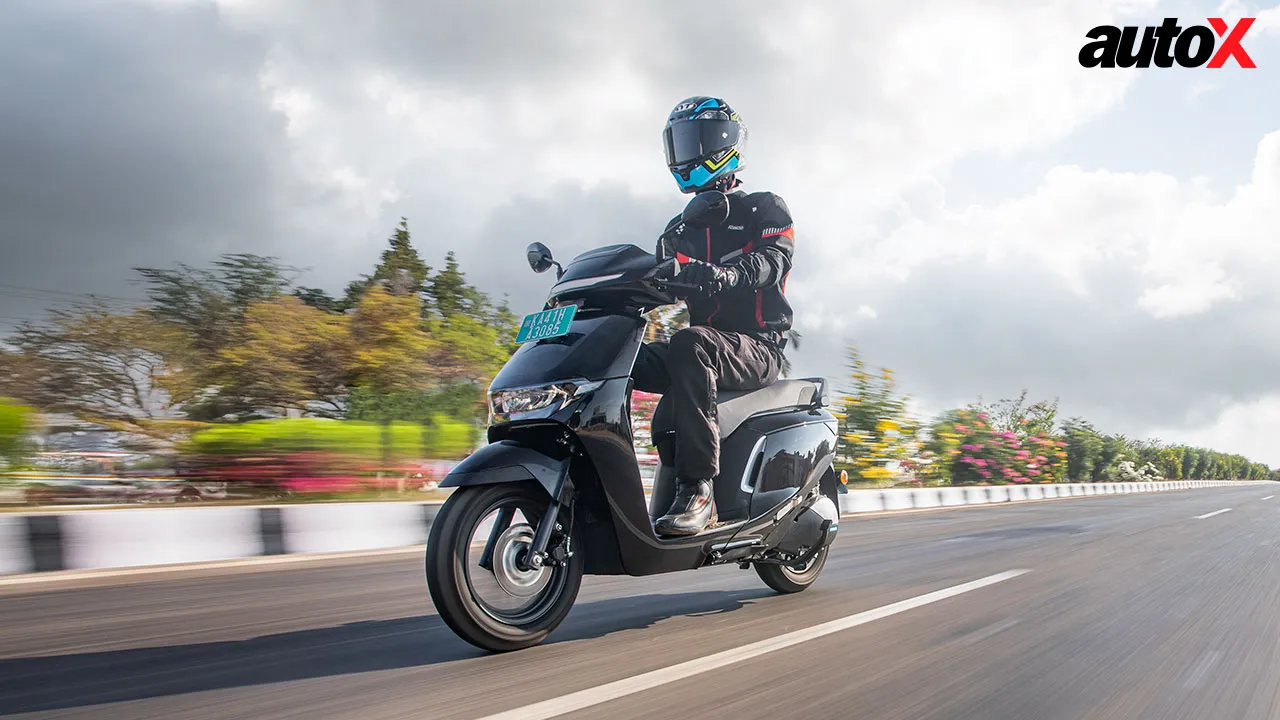
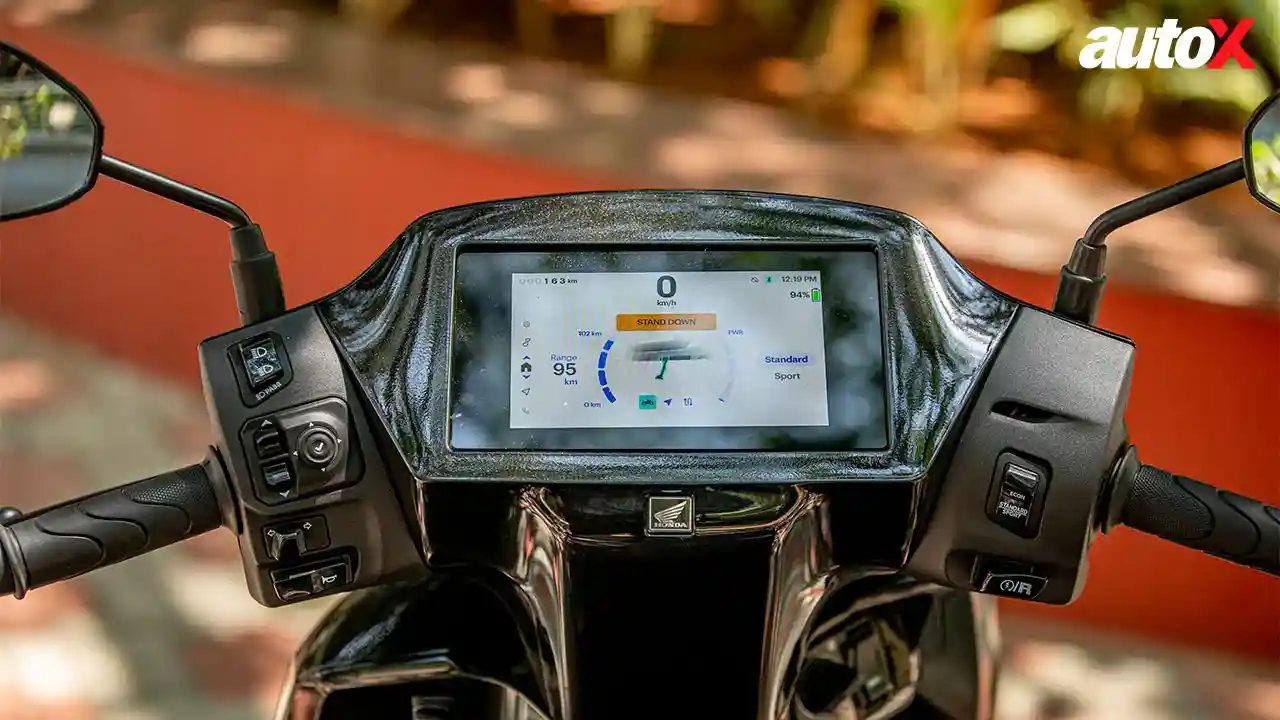
Activa e
Both the Activa e and the QC1 look rather similar, but the Activa e features a DRL above the apron and a wider taillamp. Furthermore, while the Activa e gets diamond-cut alloys, the QC1 features plain black ones. Both offerings sport a minimalistic yet modern design – something that I find quite appealing – and have a premium overall build. The Activa e is the more tech-laden of the two and comes with a smart key and a vibrant, lag-free 7-inch TFT instrument cluster. The map integration is quite good, and the presence of a joystick makes navigating through the menus intuitively quick. The QC1, on the other hand, features a basic but functional 5-inch LCD unit.
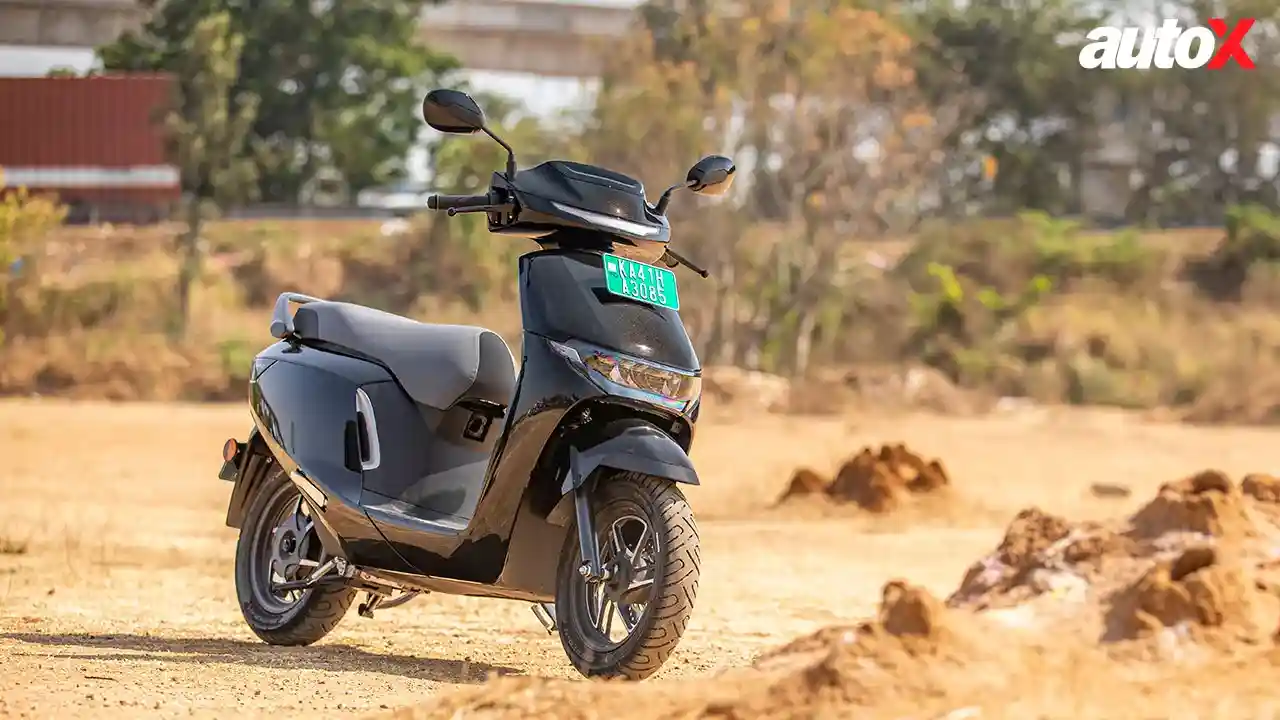
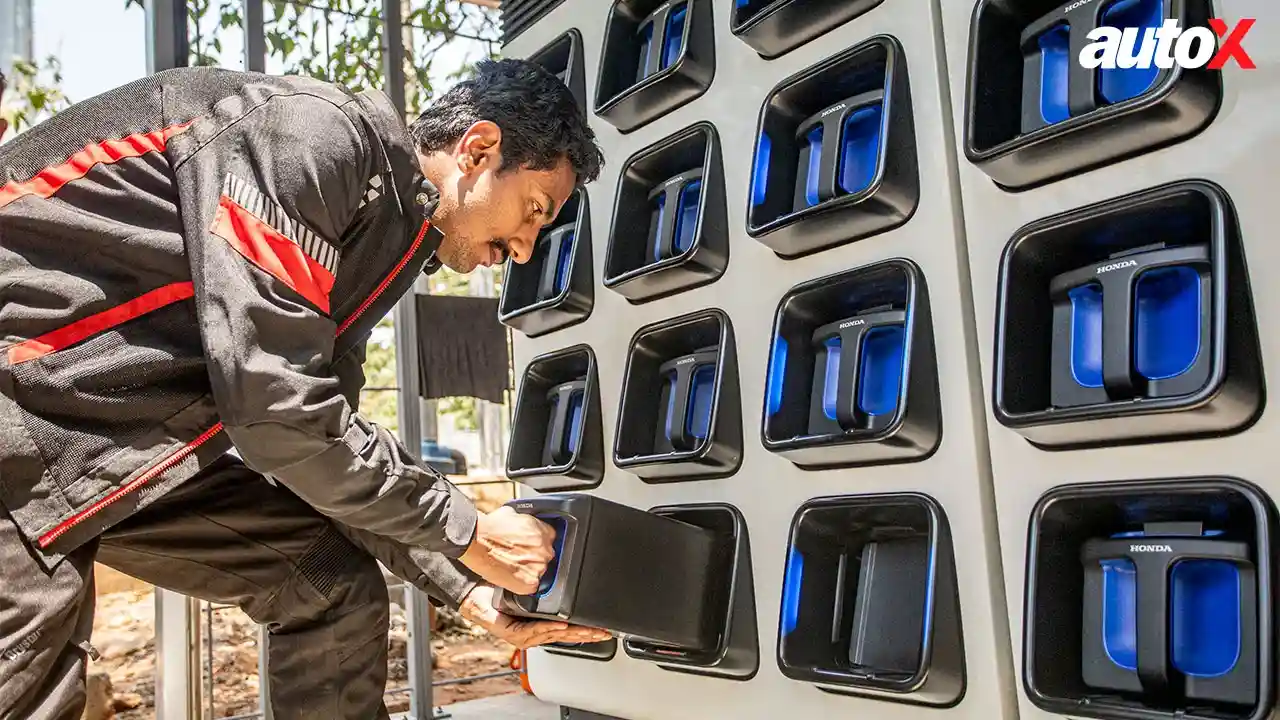
The Activa e offers three riding modes – Eco, Standard, and Sport. Interestingly, you can get very close to the claimed top speed figure of 80km/h even in Eco mode. However, the acceleration is painfully slow in this mode, so my suggestion would be to keep it in Standard mode. The scooter has two 1.5kWh swappable batteries and I found the whole swapping process to be impressively quick and efficient. Having two batteries means that you split the weight, making them easier to take out and carry. Even the swapping process was very seamless and took less than a minute.
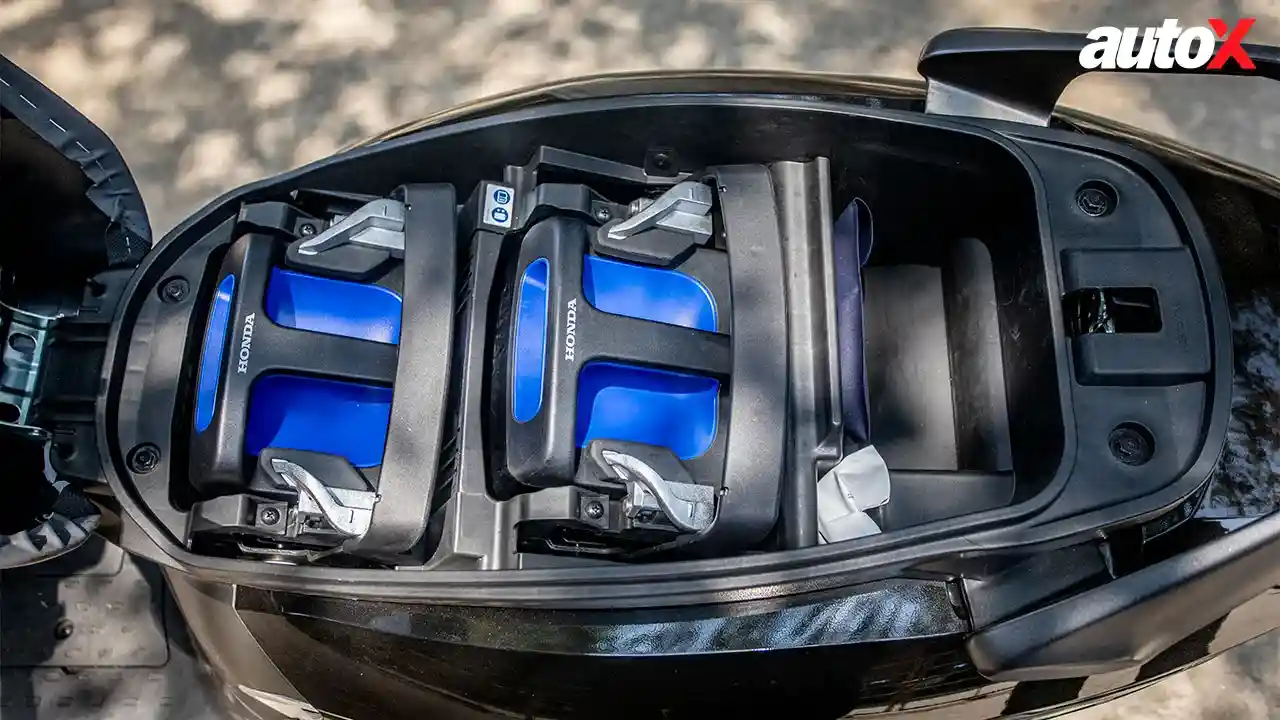

The Activa e offers a claimed range of 102km; however, I could only manage to get about 67km during my time with the scooter, which, I must add, is disappointingly low. Sure, you could squeeze a bit more out of it with gentle riding, but then my riding was not very different from a typical daily commute. Now, you cannot charge the battery like you can in other EVs – they can only be swapped. While swapping is quick and easy, a usual plug-in charging option would definitely add to the overall convenience.
With the Activa e, you get the battery as a service (BaaS), meaning that you don’t own the battery – instead, you pay a monthly subscription for it. The Basic Plan costs ₹1,999 + GST and gives you 35kWh/month, while the Advanced Plan costs ₹3,599 + GST and offers 87kWh/month. One advantage of this subscription model is that you don’t have to worry about the degradation of the battery and the resulting replacement cost a few years down the line. However, when you combine the subscription fee with the upfront cost of the scooter, the overall pricing feels a bit too expensive. While it’s still cheaper than ICE vehicles, it is more expensive than other competing EVs.
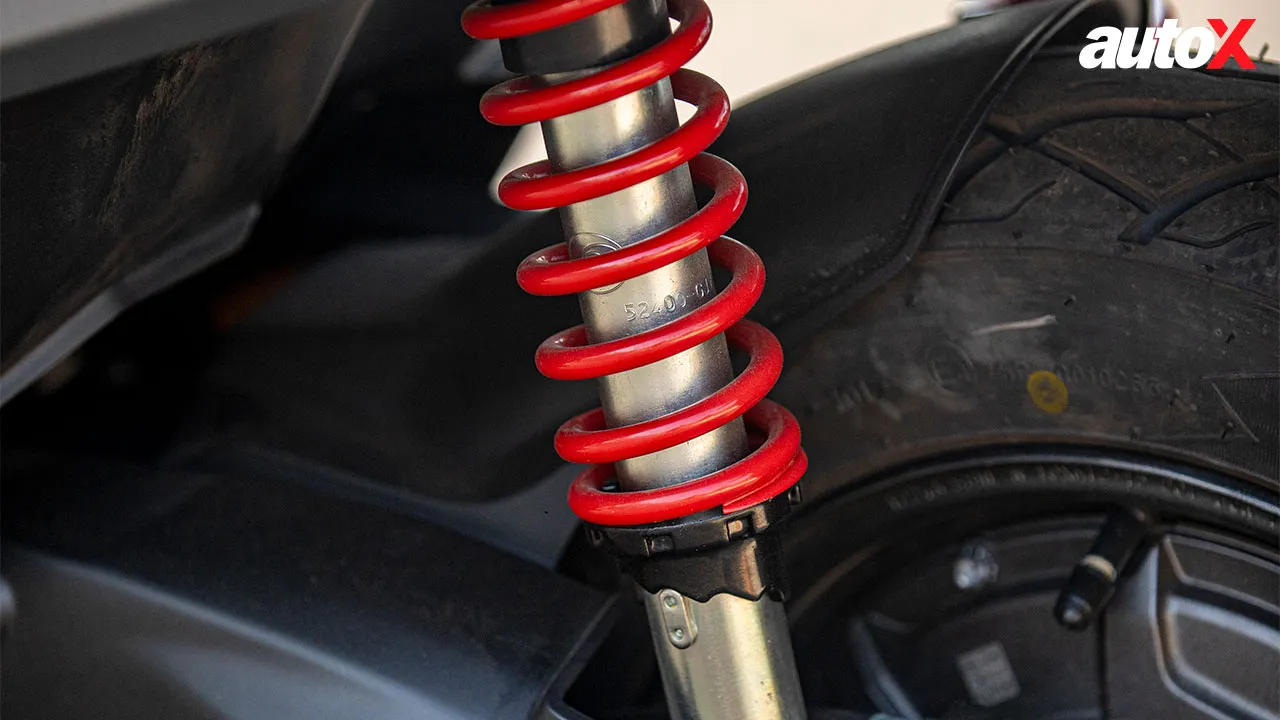
.webp)
My biggest gripe with the scooter, however, is the stiff suspension setup. I mean, it’s not a comfortable scooter to ride over potholes and bumps that our city roads are often riddled with. Whether riding slow or fast, you will feel the effect of every pothole and bump on the road. Even the weight distribution of the scooter does not inspire a lot of confidence while pushing it to the limit. However, it’s not a problem you’d encounter while commuting locally.
QC1
The QC1 is Honda’s slow-speed solution, with a top speed of just 50km/h. It comes with two riding modes – Eco and Standard. In Eco mode, I managed to reach an indicated top speed of 34km/h. The response from the motor, however, is so lethargic in this mode that it’s best reserved for short rides within your colony or empty back alleys. As with the Activa e, you’ll end up using Standard mode most of the time. Thanks to its lighter weight (89.5kg), it still feels reasonably quick. It comes with a single 1.5kWh fixed battery, which offers a claimed range of 80km. During my short time with the scooter, I found that the efficiency of the QC1 was better than the Activa e – I managed to get roughly 66km of range, which is not bad for its size and purpose.
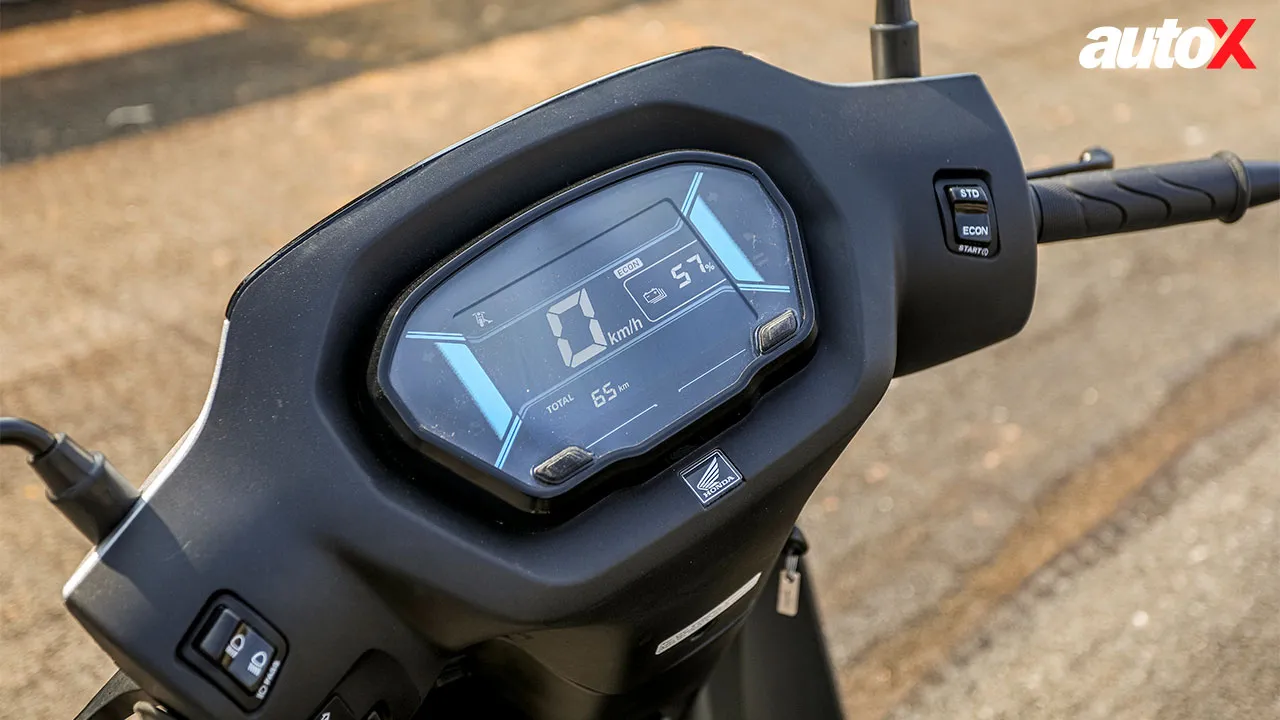
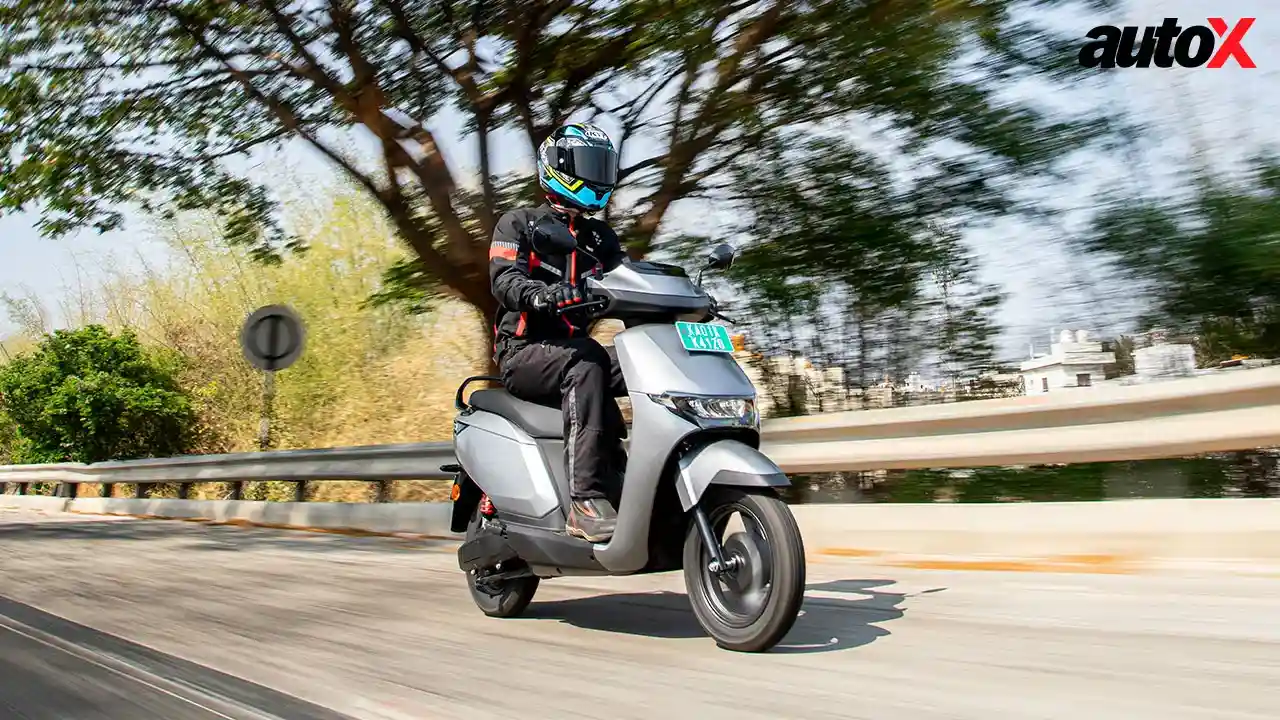
While the suspension setup of the QC1 is also not very comfortable, it’s a bit better than that of the Activa e. It does a slightly better job in terms of absorbing potholes and bumps, and it also inspires more confidence around a long bend or while swerving through traffic. It’s a shame that it doesn’t have more speed to go along with its handling abilities. In fact, I actually enjoyed the riding experience of the QC1 a bit more than that of the Activa e. What it lacks in terms of speed, it makes up for in terms of engagement.
Both scooters offer ample legroom for taller riders, along with a long seat, which is comfortable enough for two people. While the QC1 has a usable 26-litre boot, the Activa e offers no space at all, owing it its swappable batteries. So, despite being the more expensive scooter of the two, the Activa e loses out on a few practicality points.
Final Thoughts
While both the Activa e and QC1 are decent products on their own, their pricing hurts their case in a market full of faster and more feature-rich alternatives. At ₹90,000 and ₹1.17 lakh, the QC1 and Activa e, respectively, are not the most affordable options in the segment. If you opt for the higher spec Activa e, the cost goes up to ₹1.50 lakh (all prices are ex-showroom).
What’s more surprising, however, is how a brand like Honda seems to have missed the mark in terms of basic comfort and practicality. If Honda hopes to replicate the success of the petrol-powered Activa in the EV segment, it will have to go back to the drawing board and come back with a more competitive and better-rounded offering.
----
Even in Eco mode, you can get very close to the claimed top speed of 80km/h
The QC1 does a better job of absorbing potholes & bumps than the Activa e and inspires more confidence
Engine: Permanent Magnet AC
Transmission: Single-speed
Power: 8bhp
Torque: 22Nm
Fuel: Electric
Price: ₹1.50 Lakh Ex showroom
X-Factor: The appeal of the Honda Activa badge in an EV avatar.
|
Pros |
Cons |




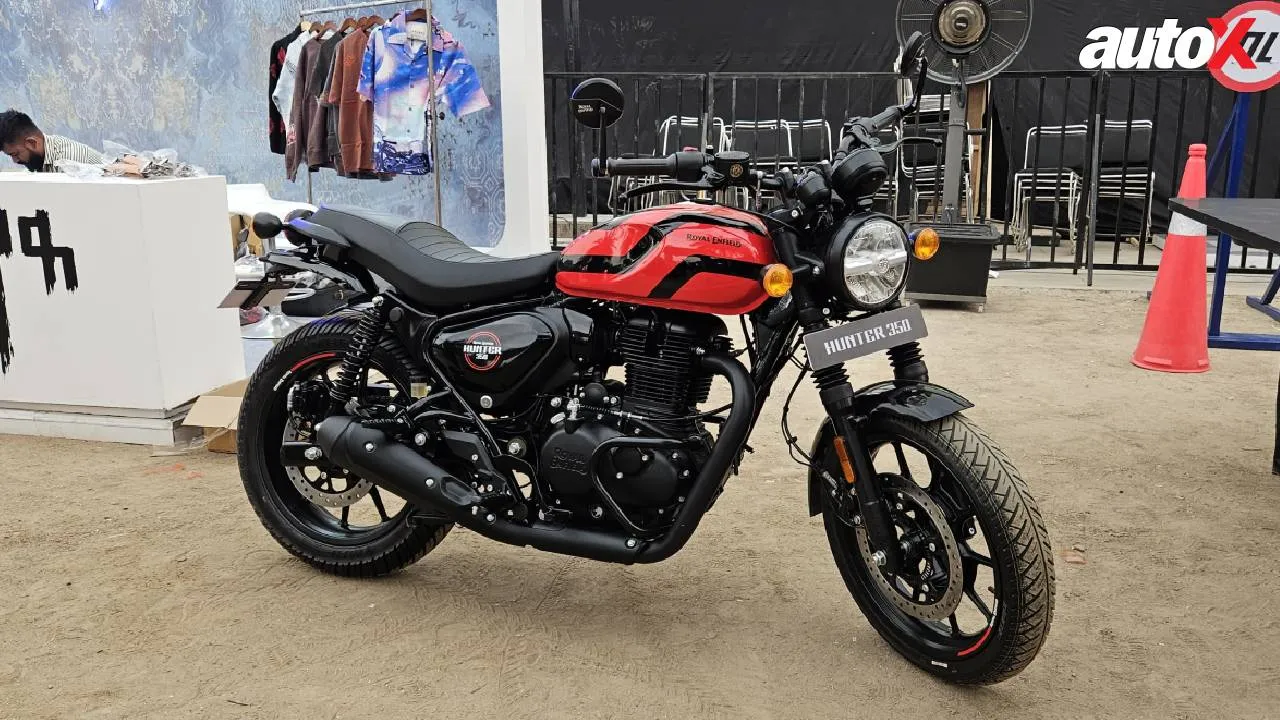
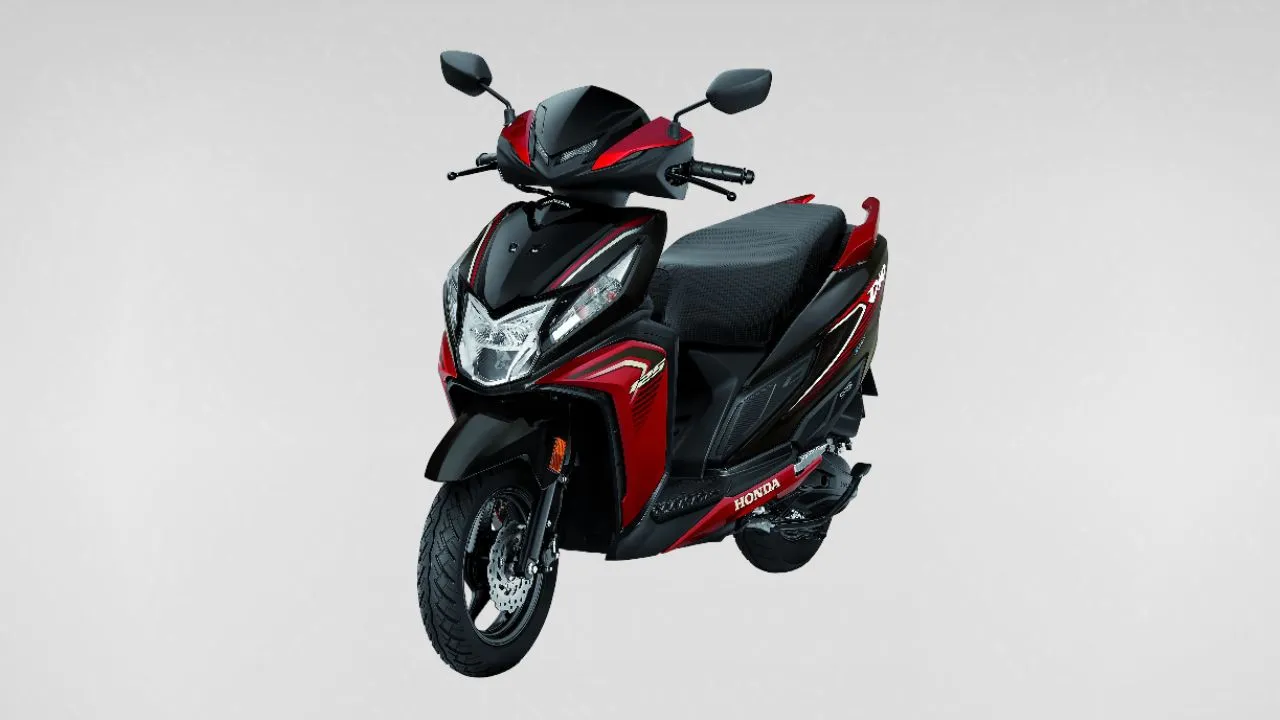
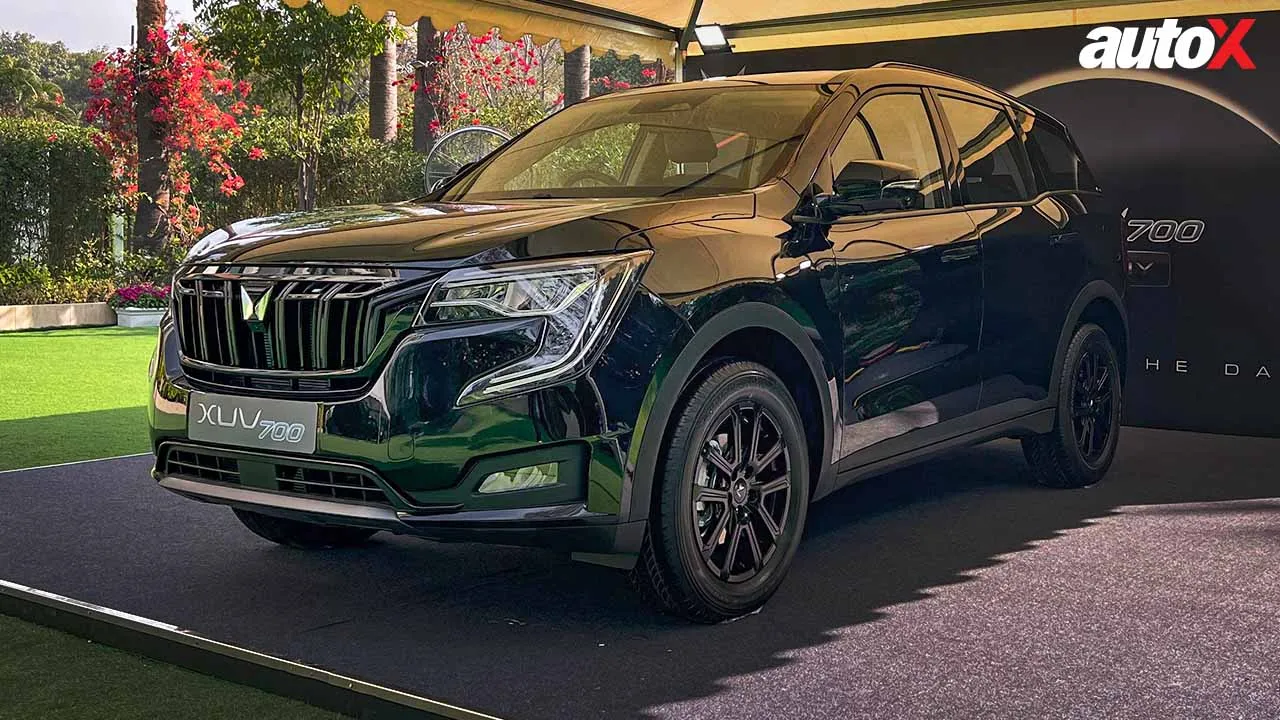
.webp)
Write your Comment on